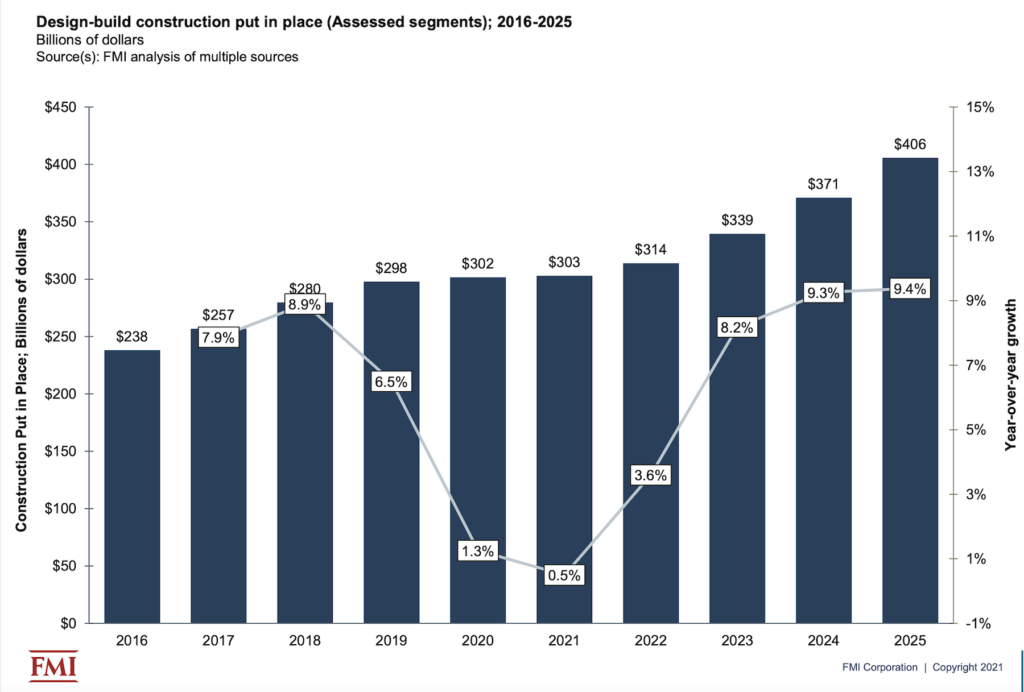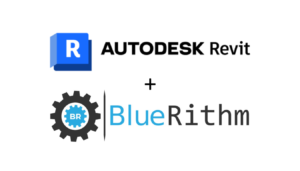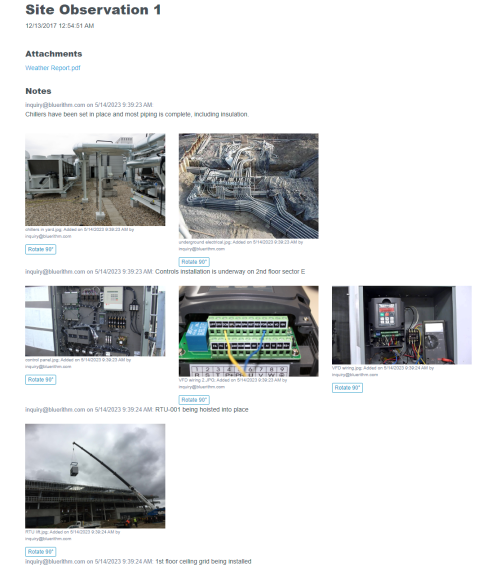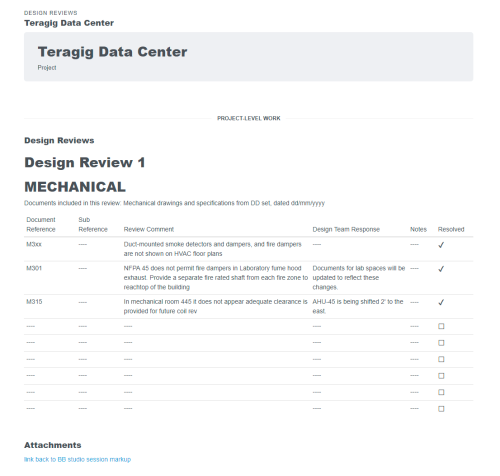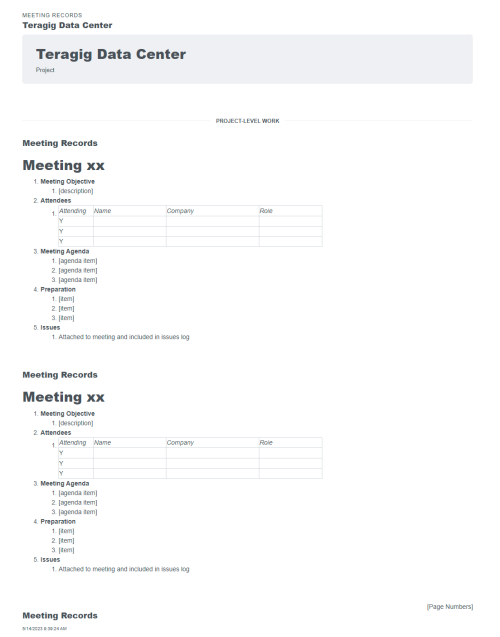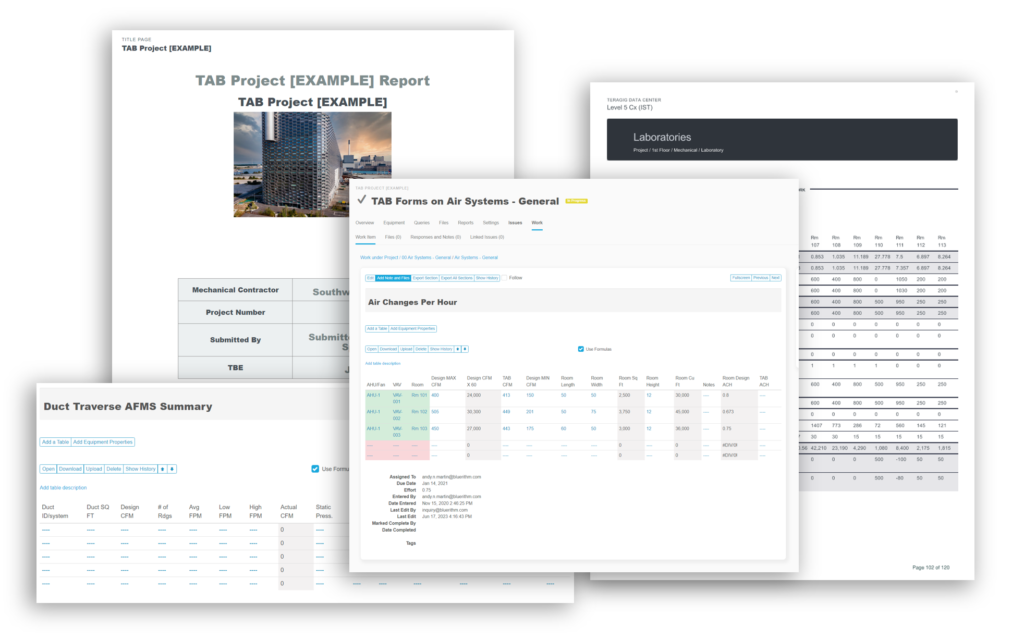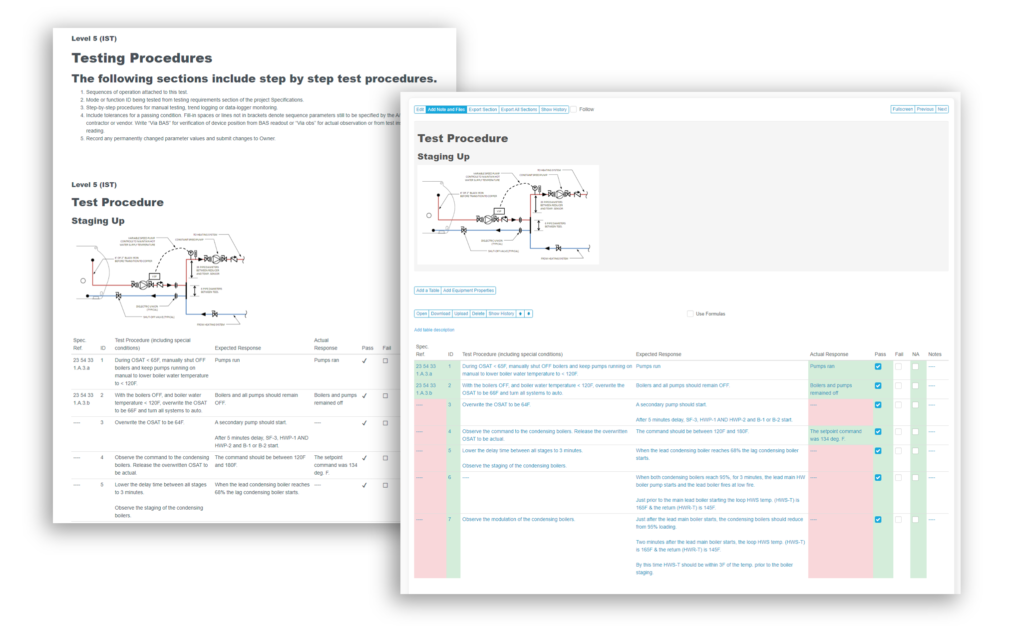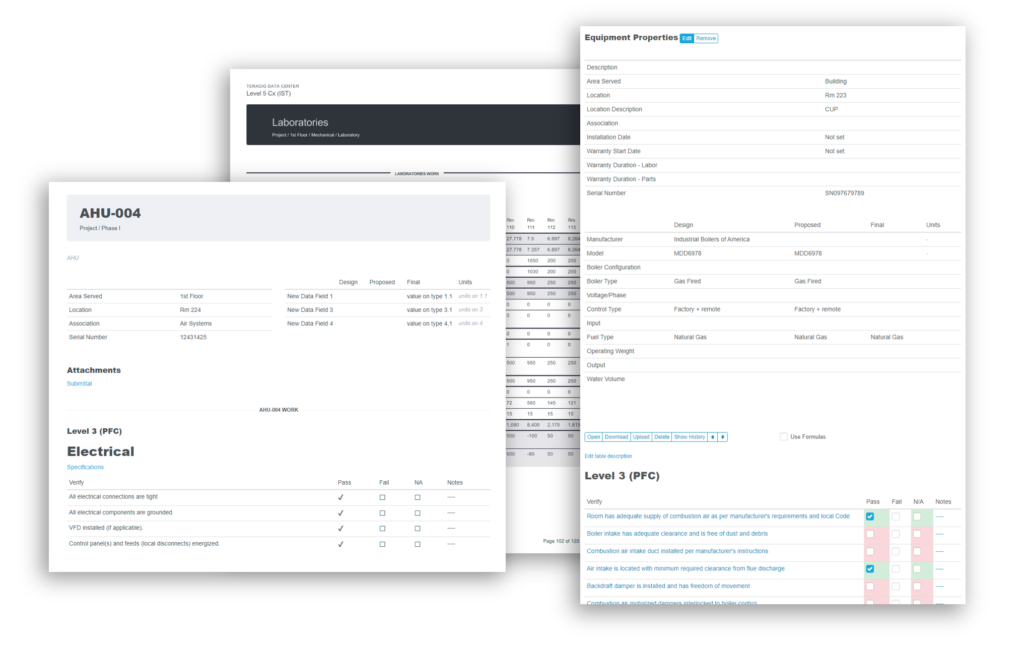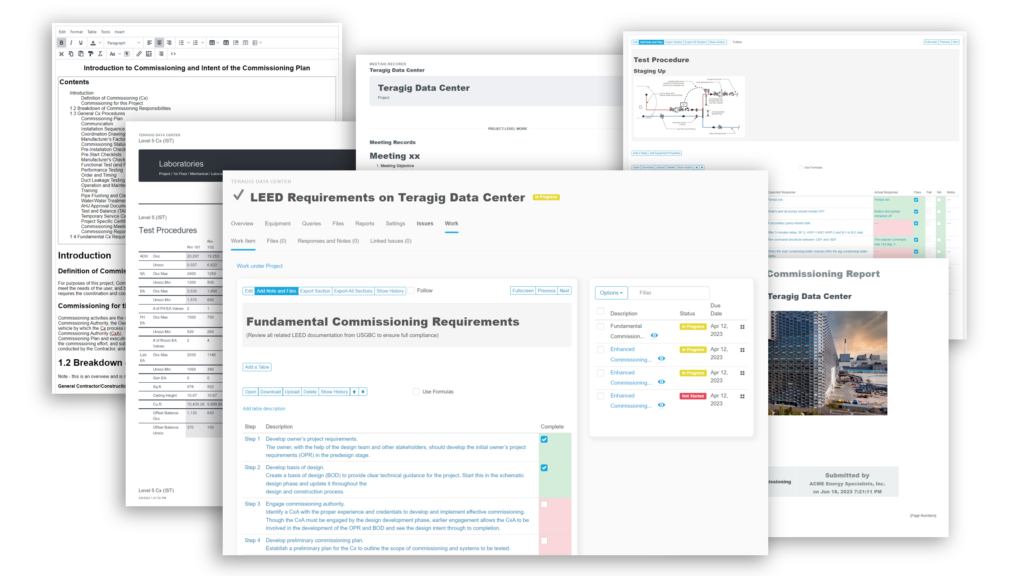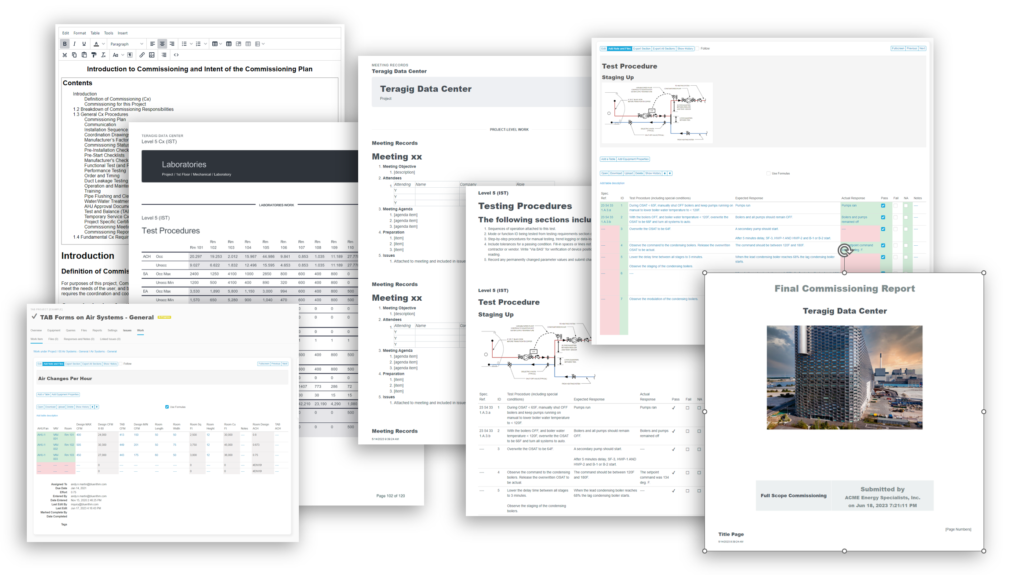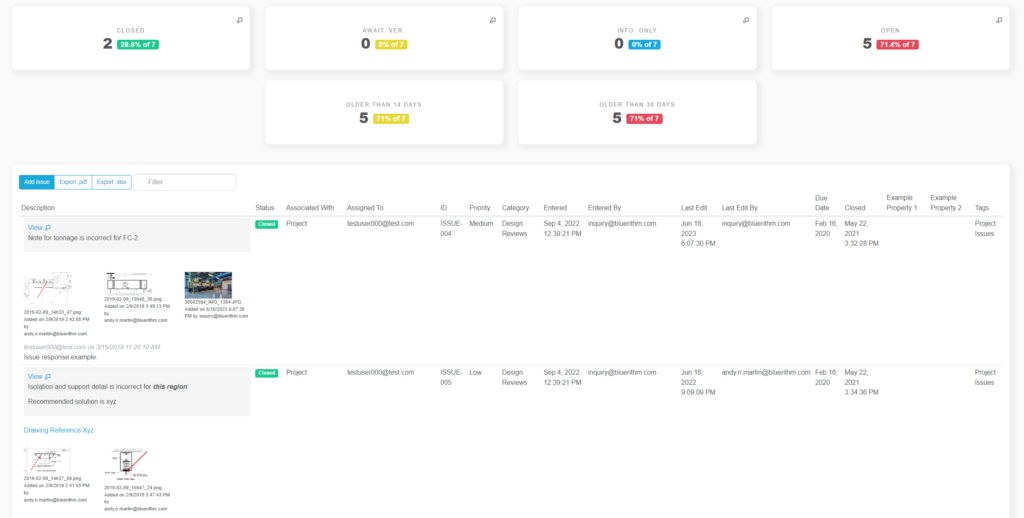Based on the results from FMI’s latest report, traditional design-bid-build projects continue to decrease as a delivery model in favor of design-build.
This expands on research from 2018 and shows a trend leading to nearly half of all projects using a design-build model by 2025, up from closer to 40% in 2020.
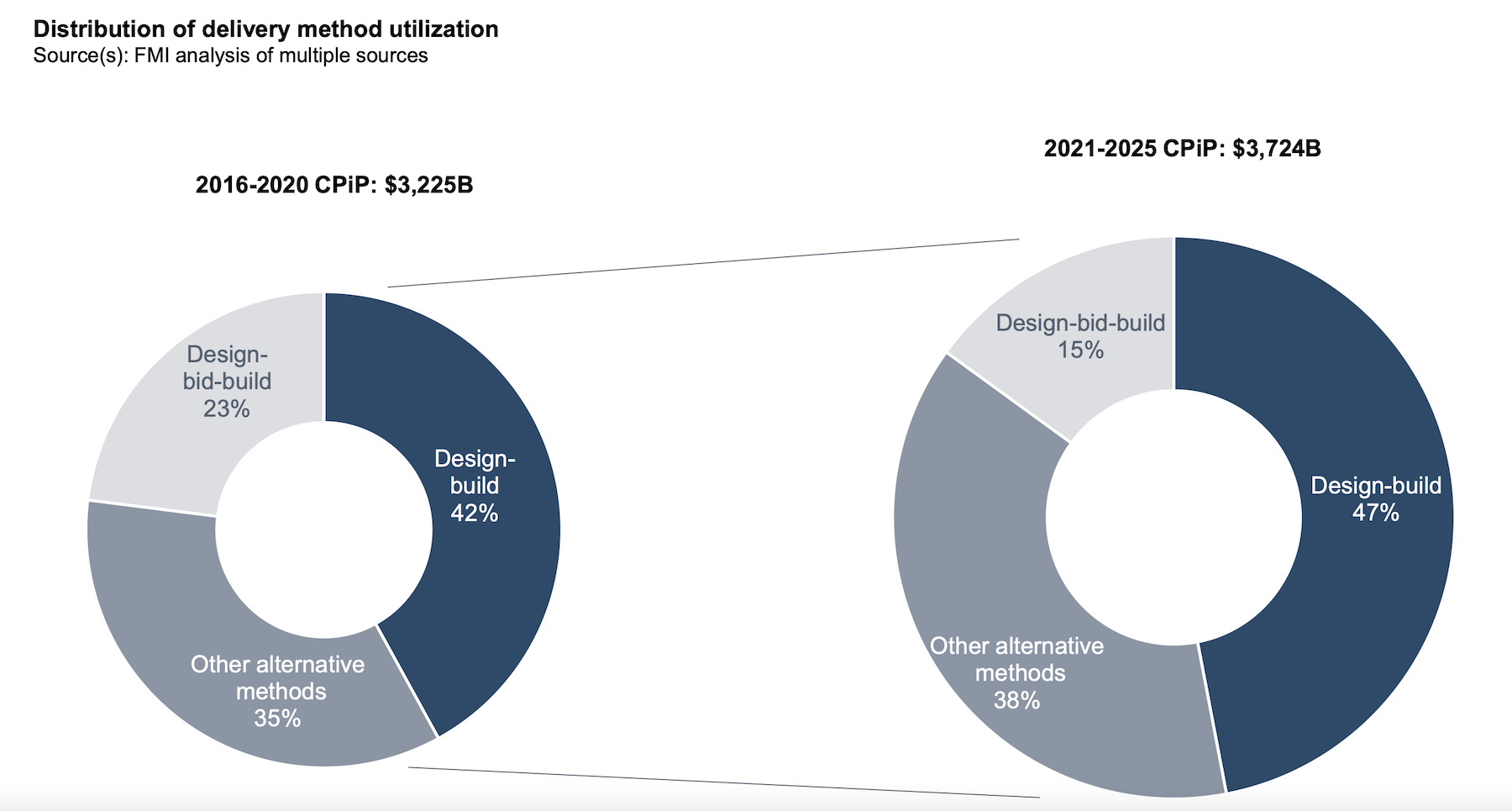
This article from Design and Construction covers this report in greater detail.
We’ve written about the importance of commissioning in these more fluid, faster paced, and innovative models like design-build. For design-build and other integrated delivery models to be successful, owner’s need experienced and engaged teams. One of the key players on the owner’s team is a competent third-party commissioning firm.
Integrated project delivery and design-build models come with challenges that don’t exist in traditional design-bid-build models. A DBB model has inherent checks and balances and checkpoints built into it. In an IPD or DB model, the design and contracting team are one and the same. This requires a high level of owner-involvement and expertise to manage effectively, and to receive a final product that suits their original intent. Many owners do not have the experience or time to manage a fast moving IPD or DB project.
We believe a robust commissioning program is key to addressing the added risks stemming from this increasing complexity, uncertainty, expectations for speed, and these more fluid contracting models. As an independent advocate for the owner, a strong commissioning firm brings experience and expertise that spans across the design and construction teams beginning in the design phase, and continues through integrated systems testing and turnover to the owner.

